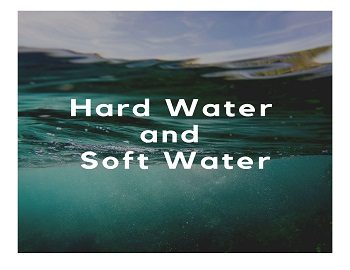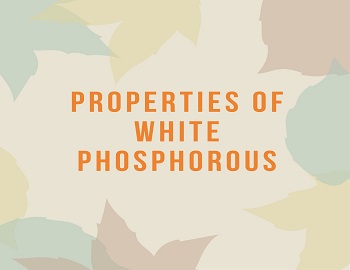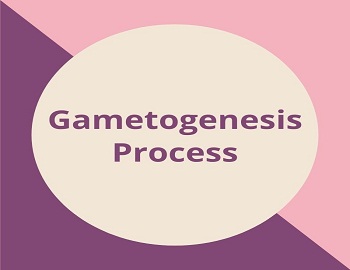Table of Contents
Hard And Soft Water:
Water that does not form an immediate lather with soap is called hard water. The hardness of water is due to the presence of soluble calcium, magnesium, or iron compounds. The most common compounds are calcium bicarbonate Ca(HCO3)2, magnesium bicarbonate Mg(HCO3)2, calcium sulfate CaSO4 and magnesium sulfate MgSO4. The addition of soap forms an insoluble scum. The scum consists of insoluble salts of these metals with the fatty acids of the soap until no more is left in the solution. Removal of these salts from the solution makes the water soft. Water that forms an immediate lather with soap is called soft water. Such water does not have dissolved salts of calcium, magnesium, and iron.
Types of Hardness:
Depending upon the behavior of water towards soap, hardness is divided into two types-
Temporary Hardness (Carbonate Hardness):
- The hardness of water due to the presence of soluble bicarbonates of calcium and magnesium is called temporary hardness.
- When water containing dissolved carbon dioxide passes over solid carbonates (chalk or limestone deposits etc.) these compounds get dissolved in water.
- Rainwater and distilled water are always soft because they do not have dissolved (soluble) salts.
Temporary hardness is removed by the following ways:
By Boiling the Water:
On boiling, the soluble bicarbonate is decomposed into insoluble carbonate. The equation of the chemical reaction is:
Ca(HCO3)2 ———-Boiling———————–> CaCO3 + CO2 + H2O
Mg(HCO3)2 ———-Boiling———————–> MgCO3 + CO2 + H2O
The insoluble carbonates settle to the bottom and carbon dioxide (CO2) is given off into the atmosphere. The action of soap is not affected by calcium carbonate (CaCO3). However, boiling large amounts of water containing bicarbonates to soften is expensive.
Chemical method for removing hardness:
By adding slaked lime [Ca(OH)2] to hard water, insoluble carbonates are formed.
Ca(HCO3)2 + Ca(OH)2 —————–> 2H2O + 2CaCO3
The insoluble calcium carbonate is the ‘fur‘ (or scale) formed in kettles, boilers, pipes, etc. Such scales are removed by Hydrochloric acid (HCl) or Nitric acid (HNO3) which may dissolve the scale and salt deposits, releasing CO2 gas.
Permanent Hardness (Non-Carbonate or Non-Alkaline Hardness):
This is due to the presence of chlorides and sulfates of calcium and magnesium. Such a hardness can be removed by the addition of washing soda (Na2CO3). This removes both the temporary and permanent hardness of the water.
The addition of washing soda (Na2CO3) converts the soluble impurities of salts of calcium and magnesium into insoluble calcium and magnesium salts which are separated by decantation or filtration. The remaining water has soluble sodium salts as impurities which do not affect the action of soap and hence they do not produce hardness of the water.
Na2CO3 (solid) + CaCl2 (aqueous) ——-> CaCO3 (insoluble solid) + 2NaCl (aqueous, soluble salt)
Na2CO3 (solid) + MgCl2 (aqueous) ——-> MgCO3 (insoluble solid) + 2NaCl (aqueous, soluble salt)









Comments (No)